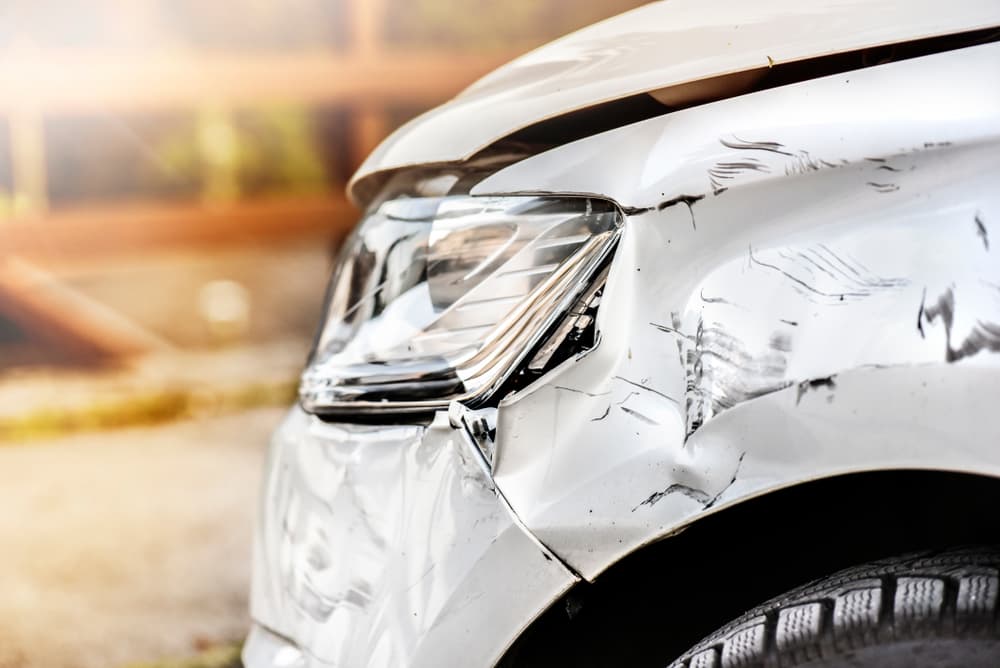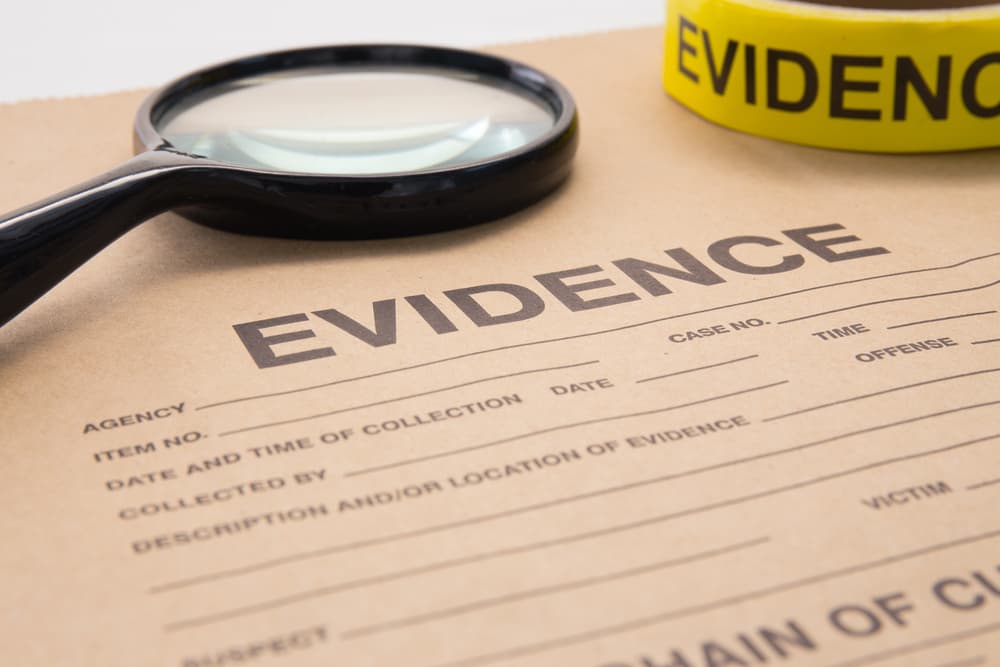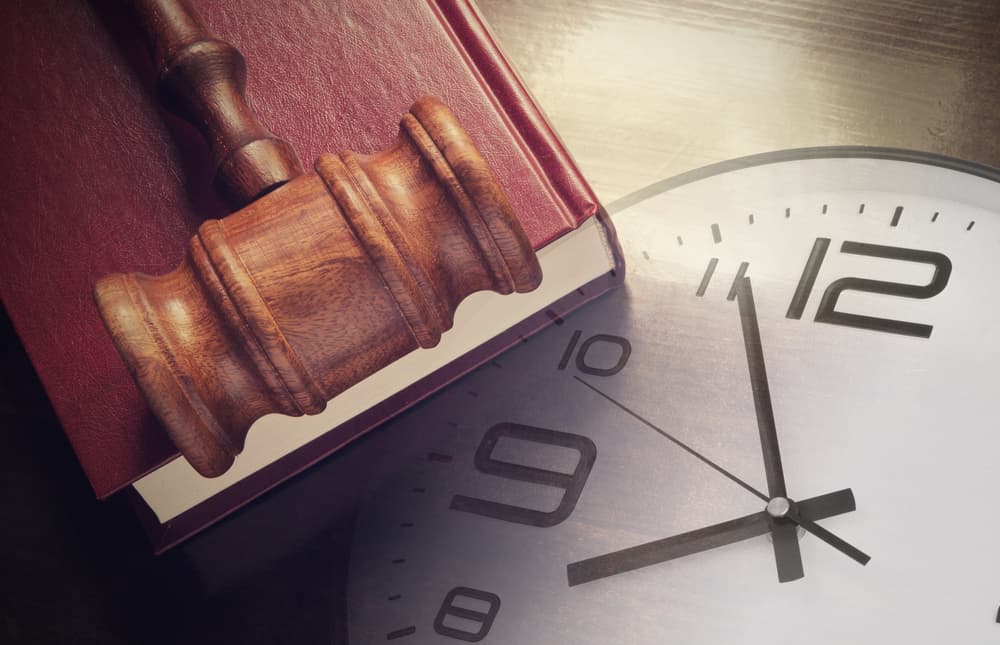You're sitting at a red light when you hear the unmistakable crunch of metal meeting metal. The car behind you just bumped your rear bumper. The impact may have been minimal, but the jolt you experienced was anything but. You check for injuries, examine the damage, and wonder: Does this minor collision actually count as a real accident?
The answer might surprise you. Even the smallest fender bender carries the same legal weight as any other motor vehicle collision. And, depending on the circumstances of your case, it may be wise to hire an experienced car accident lawyer. Often, what seems like a trivial bump in a parking lot can trigger insurance claims, police reports, and potential liability issues that affect you for years to come.
Schedule Your Free Consultation
Key Takeaways
- Fender benders legally count as accidents regardless of damage severity, with reporting requirements based on specific damage thresholds and circumstances
- Financial consequences extend beyond repairs to include rental costs, diminished value, premium increases, and potential medical expenses
- Hidden vehicle damage and delayed injury symptoms commonly appear days or weeks after seemingly minor collisions
- Proper documentation at the scene helps protect against later disputes that may arise
- Modern technology provides powerful documentation tools but requires proper use and legal understanding
- Professional legal guidance becomes valuable when complications arise, injuries develop, or disputes emerge
What Legally Defines a Fender Bender as an Accident?
Law enforcement and insurance companies don't distinguish between minor and major collisions when determining what constitutes an accident. Any incident involving moving vehicles that results in property damage, bodily injury, or both qualifies as a motor vehicle accident under state traffic laws.
In Ohio, the legal definition encompasses any crash where vehicles collide with each other, fixed objects, or pedestrians, regardless of severity. Kentucky follows similar guidelines, treating even minor bumps as reportable incidents when they meet specific criteria.
The key factors that transform a simple bump into a legal accident include:
- Property damage of any amount occurs when vehicles make contact, even if the damage appears minimal or invisible to the naked eye. Modern vehicles contain sensitive electronics and safety systems that can sustain internal damage without visible external signs.
- Bodily injury potential exists in every collision, no matter how minor it appears. Soft tissue injuries, particularly whiplash, can develop hours or days after impact, making immediate assessment difficult.
- Insurance involvement automatically elevates any vehicle contact to accident status once claims processing begins. Insurance companies treat every reported incident as an official accident for record-keeping and premium calculation purposes.
The Hidden Dangers of "Minor" Collisions

Fender benders deceive people into thinking they've escaped serious consequences. However, low-speed impacts can cause significant problems that don't manifest immediately.
Delayed injury symptoms commonly appear 24 to 72 hours after impact. Adrenaline and shock mask pain during the initial moments following a collision. Neck strain, back pain, and headaches frequently emerge once your body's natural stress response subsides.
Modern vehicles absorb impact energy through crumple zones and safety features designed to protect occupants. This engineering marvel means the car takes damage to spare your body, but it also means seemingly minor impacts can cause expensive repairs.
It also means that occupants of older and antique vehicles may absorb more of the force in a fender bender than drivers of newer vehicles.
Hidden vehicle damage lurks beneath pristine-looking surfaces. Alignment issues, frame damage, and electronic system malfunctions can result from impacts that barely scratch the paint. These problems affect vehicle safety and performance while potentially costing thousands in repairs.
When You Must Report a Fender Bender
State laws require accident reporting under specific circumstances, and these thresholds are lower than most people realize. Failing to report when required can result in legal penalties and insurance complications. For example:
Ohio reporting requirements mandate police notification when accidents involve injury, death, or property damage exceeding $1,000. This threshold includes combined damage to all vehicles and property involved. With modern repair costs, even minor bumps often exceed this amount.
Kentucky follows similar guidelines but sets the property damage threshold at $500. Given current vehicle repair costs, most fender benders cross this reporting line easily.
Immediate reporting scenarios require police contact regardless of the damage amount:
- Any person reports injury or pain
- Vehicles block traffic or create safety hazards
- Drivers appear impaired or behave erratically
- Disputes arise over fault or circumstances
- Commercial vehicles are involved
Insurance Implications You Cannot Ignore
Your insurance company treats every reported incident as an accident, regardless of fault determination or claim payouts. This classification affects your driving record and potentially your premiums.
Claims history impact follows you between insurance companies. Even no-fault claims appear on your record as accidents, influencing future rate calculations and coverage availability.
Fault determination takes time and investigation. Even what seems like a straightforward rear-end collision can become complicated. For example, if you're rear-ended but were texting while driving, had broken brake lights, or made a sudden lane change, you might share some fault even though you were hit from behind. Insurance companies investigate these details before deciding who pays what.
Insurance adjusters investigate every claim thoroughly, examining vehicle damage, witness statements, police reports, and traffic camera footage when available. Their fault determination becomes part of your permanent driving record.
The Ripple Effects of Unreported Fender Benders
Choosing not to report a minor collision might seem like the path of least resistance, but this decision can create significant problems later.
- Your injury symptoms might not appear immediately, making it difficult to connect them to the accident later if you didn't seek medical attention or document the incident properly.
- Additional damage to your vehicle often becomes apparent only after professional inspection. Without proper documentation from the scene, insurance companies might dispute whether damage existed before the accident.
- Disputes over fault become much harder to resolve in your favor when there's no official record of what happened. The other driver's insurance company will likely accept their client's version of events without contrary evidence.
Medical Considerations After Any Collision
Your body's response to trauma doesn't follow a predictable timeline. Even low-speed impacts can cause injuries that don't present symptoms immediately.
- Whiplash and soft tissue injuries remain the most common fender bender consequences. The sudden acceleration and deceleration forces affect your neck, shoulders, and back even when vehicles sustain minimal damage.
- Concussion symptoms can result from relatively minor impacts, especially if your head contacts the headrest, window, or steering wheel. Confusion, dizziness, and headaches might not appear for hours or days.
- Emotional trauma often accompanies physical injuries. Anxiety about driving, sleep disturbances, and stress reactions are normal responses to any collision experience.
Seeking medical evaluation after any collision protects your health and creates documentation of your condition immediately following the accident. This medical record becomes valuable evidence if symptoms worsen or insurance disputes arise.
Documentation: Your Best Protection Strategy

Proper documentation transforms a confusing, stressful situation into manageable evidence that protects your interests.
- Photograph everything at the scene, including vehicle damage, license plates, street signs, traffic signals, and the overall accident location. Take wide shots showing vehicle positions and close-ups of damage areas.
- Gather driver information, including names, phone numbers, insurance companies, policy numbers, and driver's license numbers. Don't rely on business cards or verbal information alone.
- Witness contact details provide independent verification of accident circumstances. Get names and phone numbers from anyone who saw the collision occur.
- Police report numbers give you official documentation reference. Even if officers don't respond to the scene, you can often file a report at the station within a specified timeframe.
Financial Consequences Beyond the Obvious
The true cost of a fender bender extends far beyond immediate repair estimates. What starts as a simple bumper replacement can spiral into thousands of dollars in unexpected expenses.
- Rental car expenses accumulate quickly when your vehicle needs extended repair time. Insurance coverage for rental cars often has daily limits and duration caps that leave you paying out of pocket for transportation needs.
- Diminished value claims represent the permanent reduction in your vehicle's worth after accident repairs. Even perfect bodywork cannot restore a vehicle to its pre-accident market value. This loss becomes particularly significant with newer or luxury vehicles.
- Premium increases follow accident claims for three to five years in most cases. A single fender bender can add hundreds of dollars annually to your insurance costs, creating a long-term financial burden that far exceeds initial repair costs.
Medical expenses from fender bender injuries often surprise victims with their scope and duration. Emergency room visits, diagnostic imaging, physical therapy, and follow-up treatments can easily reach five-figure amounts even for "minor" injuries.
Common Fender Bender Scenarios and Their Complications
Different types of low-speed collisions create unique challenges and potential legal issues that affect how you should respond.
Parking lot accidents
Parking lot accidents represent the most frequent fender bender scenario. These incidents often involve unclear fault determination due to complex traffic patterns, limited visibility, and disputed right-of-way situations. Security cameras might capture these events, but obtaining footage requires quick action before automatic deletion occurs.
Rear-end collisions
Rear-end collisions at traffic lights or in stop-and-go traffic seem straightforward but can involve multiple contributing factors. Following too closely, sudden stops, distracted driving, or mechanical failures can complicate fault determination even in seemingly clear-cut situations.
Side-swipe incidents
Side-swipe incidents during lane changes or merging create particular documentation challenges. Determining which driver failed to yield or properly signal requires careful examination of vehicle damage patterns and witness testimony.
Intersection fender benders
Intersection fender benders often involve disputed traffic signal timing or right-of-way violations. These cases frequently require traffic engineering analysis and intersection camera footage to establish accurate fault determination.
When Minor Becomes Major: Red Flags to Watch
Certain warning signs indicate that your fender bender might develop into a significant legal or financial problem requiring professional intervention.
The other driver's behavior
The other driver's behavior at the scene can signal future complications. Aggressive responses, attempts to avoid police involvement, or reluctance to exchange information often precede problem claims and disputes.
Inconsistent damage patterns
Inconsistent damage patterns between vehicles might indicate pre-existing damage or multiple impacts. These situations require careful documentation and potentially expert analysis to protect you from inflated claims.
Commercial vehicle involvement
Commercial vehicle involvement adds layers of complexity through employer liability, commercial insurance policies, and federal regulations that don't apply to personal vehicle accidents.
Multiple occupants
Multiple occupants in either vehicle increase the potential for injury claims and complicate the overall situation. Each person represents a potential claimant with individual medical needs and legal rights.
The Timeline of Fender Bender Consequences

Most people expect fender bender issues to resolve quickly, but the reality involves extended timelines with multiple phases of potential complications.
Immediate phase
The immediate phase (first 24-48 hours) involves police reports, insurance notifications, and initial medical evaluations. Decisions made during this period significantly impact everything that follows.
Investigation phase
The investigation phase (first 1-2 weeks) sees insurance adjusters examining vehicles, interviewing parties, and determining preliminary fault assessments. New information or complications often emerge during this period.
Treatment phase
The treatment phase (weeks to months) addresses medical care for any injuries sustained. Symptoms might worsen or new issues might develop, extending this phase beyond initial expectations.
Resolution phase
The resolution phase (months to years) involves final settlements, repairs completion, and legal resolution of any disputes. Complex cases can extend well beyond a year, especially when injuries prove more serious than initially apparent.
Protecting Your Interests After a Fender Bender
Smart actions immediately following any collision significantly improve your position regardless of fault determination or claim complexity.
- Communicate carefully with all parties involved. Avoid admitting fault or making statements about the cause of the accident. Stick to factual observations about what happened without interpreting or assigning blame.
- Medical attention priorities should focus on your health rather than convenience or cost concerns. Delaying medical evaluation to save money or time often costs much more in the long run when symptoms worsen or documentation gaps complicate insurance claims.
- Cooperation with insurance companies requires prompt notification and honest information sharing, but you're not obligated to accept the first settlement offer or agree to recorded statements without careful consideration or legal representation.
Technology's Role in Modern Fender Bender Resolution
Modern vehicles and smartphones provide powerful tools for documenting and proving fender bender circumstances that weren't available to previous generations of drivers.
- Vehicle event data recorders capture speed, braking, and impact information that can verify or dispute driver accounts of accident circumstances. This data requires specific extraction procedures and expert interpretation.
- Smartphone apps designed for accident documentation can streamline information gathering and ensure you don't miss critical details during the stressful moments following a collision.
- Traffic cameras and security systems throughout urban areas often capture accident footage, but accessing this evidence requires knowledge of proper legal procedures and timing requirements.
- Dash cameras provide objective evidence of accident circumstances, but their effectiveness depends on proper installation, maintenance, and legal admissibility requirements that vary by jurisdiction.
Get the Legal Support You Deserve
Fender benders might seem minor, but their consequences can dramatically impact your finances and legal rights. When complications arise, injury symptoms develop, or insurance companies dispute your claim, you need experienced advocates who understand how seemingly small accidents can create major problems.
At O'Connor, Acciani & Levy, our experienced car accident lawyers have spent over three decades helping accident victims throughout Ohio and Kentucky recover full and fair compensation for collisions of all types and severity, including fender benders that caused more damage and problems than initially apparent.
You don't pay attorney fees unless we win your case. Our free consultations allow you to understand your legal options without financial risk, and our experienced team handles all aspects of your claim while keeping you informed throughout the process.
Don't let a fender bender derail your financial security or leave you struggling with unexpected complications. Contact O'Connor, Acciani & Levy today at (513) 241-7111 or contact us online for your free consultation.